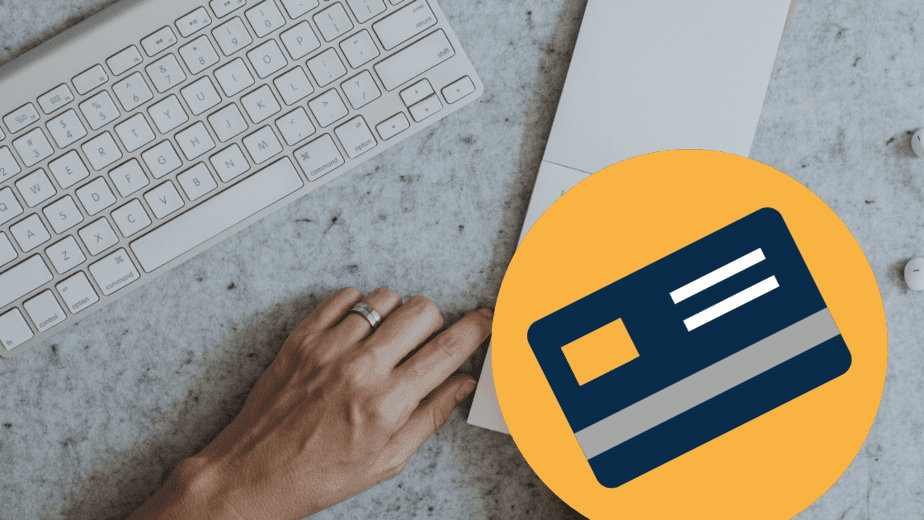
A checking account is used to store your daily expenses.
You can use a checking account to manage your daily transactions. It usually has lower transaction fees than a savings account. Chequing accounts typically include using a debit card to withdraw cash from automated teller machines (ATMs).
Use a checking account for everyday transactions such as debit card purchases in stores, paying bills, transferring funds between accounts or sending money. your savings account for some You can save money for an item, like a vacation or a car.
A checking account is a bank account from which you can issue checks or access them in various other ways, making it your bank account for day-to-day transactions.
How much money do experts recommend putting in your checking account? It's a good idea to keep one to two months of living expenses plus a 30% buffer in your checking account.
Generally, there is no maximum amount limit for checking accounts. However, the FDIC has a limit on payments from your checking account balance (generally $250,000 per depositor, per account ownership type, and per financial institution).
Many checking accounts have additional fees, such as maintenance fees, ATM withdrawal fees, and transaction fees. Overdraft fees – Overdraft fees are set by each bank when the balance is less than zero, are difficult to understand and are often very expensive.
A checking account is a safe place to keep pocket money and extra money somewhere else.